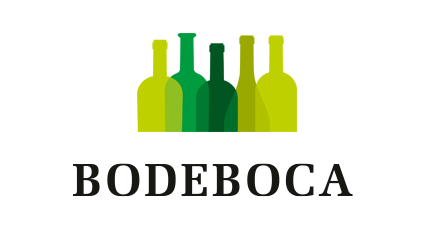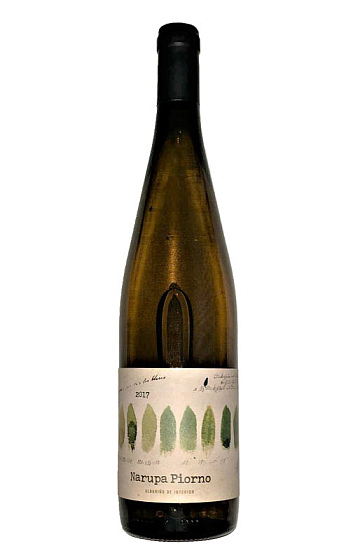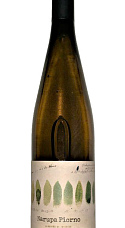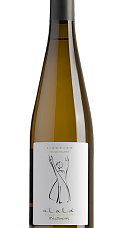Piorno 2017
Descripción
Esta es la primera añada que este blanco sale al mercado. Para su elaboración, Narupa ha usado Albariño de interior, menos influenciada por las brisas marinas y que configura un vino serio, redondo y complejo.
Ficha técnica
Cata
Viñedo y elaboración
Opinión de los críticos
The 2017 Piorno is one of two new Albariño bottlings first produced in 2017. It is made with grapes from inland vineyards and is produced in the same way as the new Salicornia, which comes from grapes grown by the sea. 2017 was a warm and dry year that resulted in a very early harvest. They have been recovering the vineyards they work, and they deliver better grapes each year. They consider 2017 a very good year for them. The vineyards used here tend to have heavier soils, and the climate is slightly warmer than in the zones that are next to the sea. The grapes were picked on September 7th, foot trodden and put in a cool truck to macerate for 30 to 35 hours. The must fermented in barrique with indigenous yeasts and then was kept with the lees in tank for around ten months. It has more weight than the Salicornia from the same year, and it's tastier, earthier and saltier, more mineral and marked by granite. Even if it's fuller and rounder, the palate shows some austerity. The barrel was new this first year, but it's not noticeable in the wine. 2017 seems to have more weight than 2016 in general, and I see how this wine could develop nicely in bottle. Only 660 bottles were filled on September 10, 2018.







Añadas: 2020 2019 2017
Esta añada no tiene valoraciones todavía. Pincha en las otras añadas para ver sus valoraciones.
Esta añada no tiene valoraciones todavía. Pincha en las otras añadas para ver sus valoraciones.
Esta añada no tiene valoraciones todavía. Pincha en las otras añadas para ver sus valoraciones.